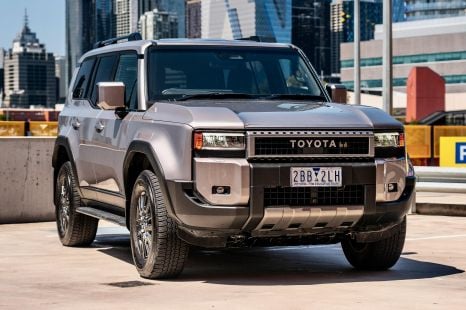

Max Davies
2025 Toyota Prado GXL review
2 Months Ago
Here's a high-level look at how Toyota's new LandCruiser 300 Series flagship stacks up against its predecessor.

Contributor
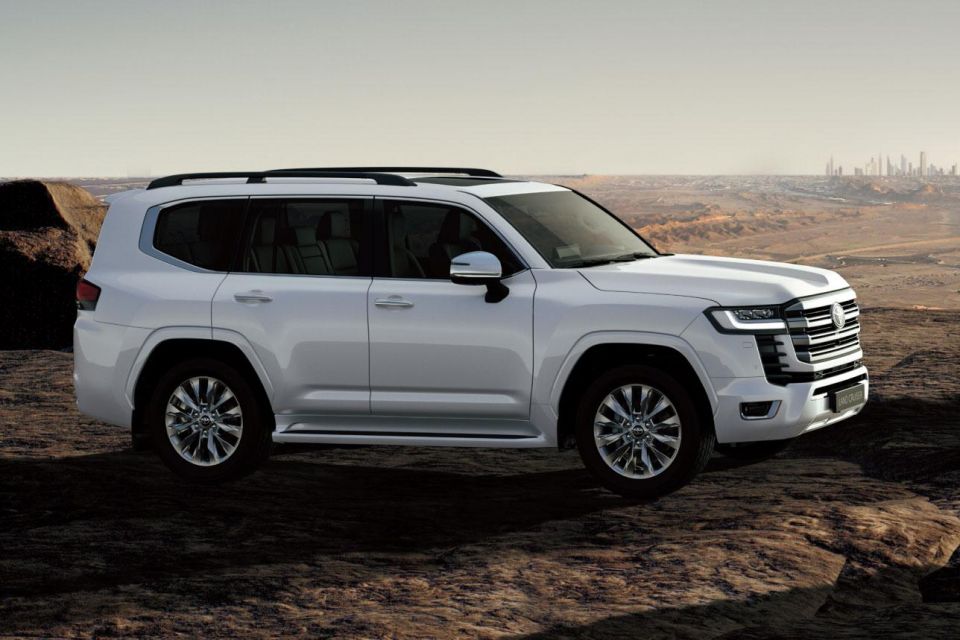

Contributor
After months of leaks and reports about how it’s going to look, the 2022 Toyota LandCruiser 300 has finally broken cover.
It’s been 14 years since the last all-new LandCruiser launched, the longest break between new models in the nameplate’s more than 70-year life.
A lot has changed since the LandCruiser 200 (below in facelifted guise) launched in 2007.

Australia has seen five Prime Ministers over six separate stints in power, and our population has jumped from 20.8 million to 25.7 million people.
Toyota has gone from selling 236,647 cars for a 22.5 per cent market share in 2007, to selling 204,801 in 2020 for a 22.3 per cent share.
Almost 50,000 cars of that 2007 tally were built in Australia.
Anyway, enough looking backwards. As reported previously, the 4.5-litre turbo-diesel V8 engine from the LandCruiser 200 is gone for 2022.
You could get away with big, thirsty V8 engines in 2007, but they’re less acceptable in 2021 – not so much in Australia, but in global markets with strict emissions standards.
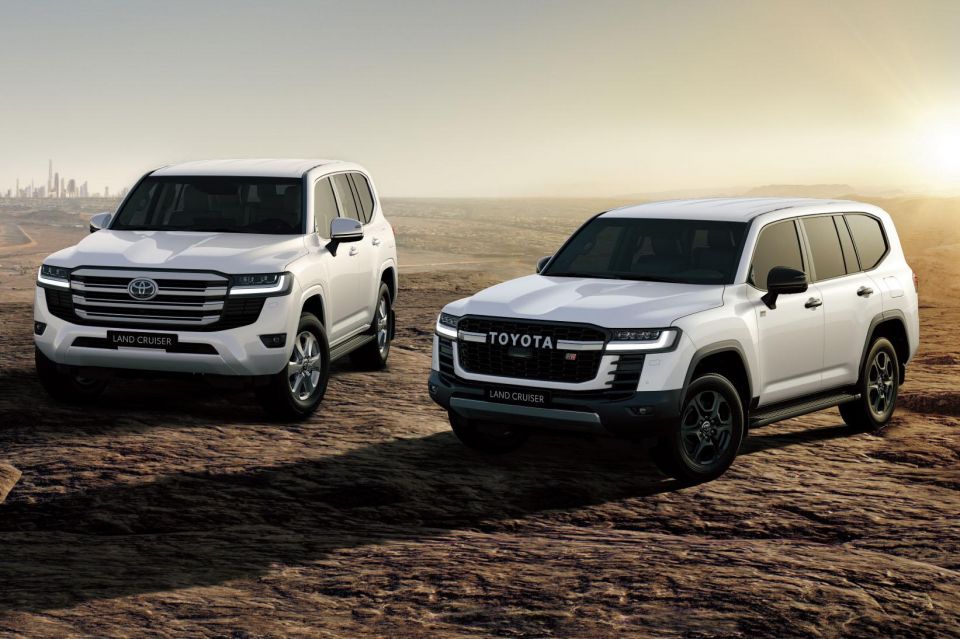
It’s been replaced by a 3.3-litre twin-turbo V6 diesel engine with 227kW of power and 700Nm of torque, up a healthy 27kW and 50Nm on the bigger V8.
If the LandCruiser 300 is to last close to 14 years, it’ll need more than just a twin-turbocharged V6. We’re expecting a hybrid, but it could be a few years away at this stage.
Two petrol engines launched with the LandCruiser, but they’re not likely to come to Australia.
We’re still waiting on final dimensions from Toyota, but we now know exactly what the new LandCruiser will look like. Here’s how it stacks up next to the outgoing model.
The new LandCruiser is clearly an evolution of the previous model, with slimmer headlights and and bolder grille.
The GR Sport model debuts a new look for the front end with TOYOTA spelled out in full across the grille as a continuation of the L-shaped daytime running lights, and black contrast bumpers to match the black alloy wheels and side steps.
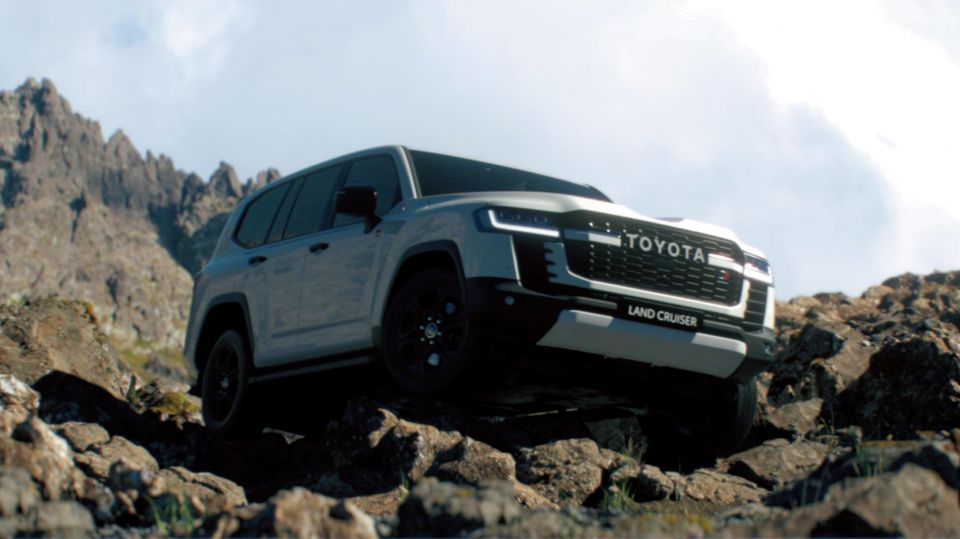
Toyota says the new car’s departure and approach angles are “very close to the outgoing model, depending on the variant”.
“Features such as the bumper shape and placement of lighting components have been designed to help avoid damage during off-road driving,” it says.
Details about the current LandCruiser 200’s off-road credentials are below:
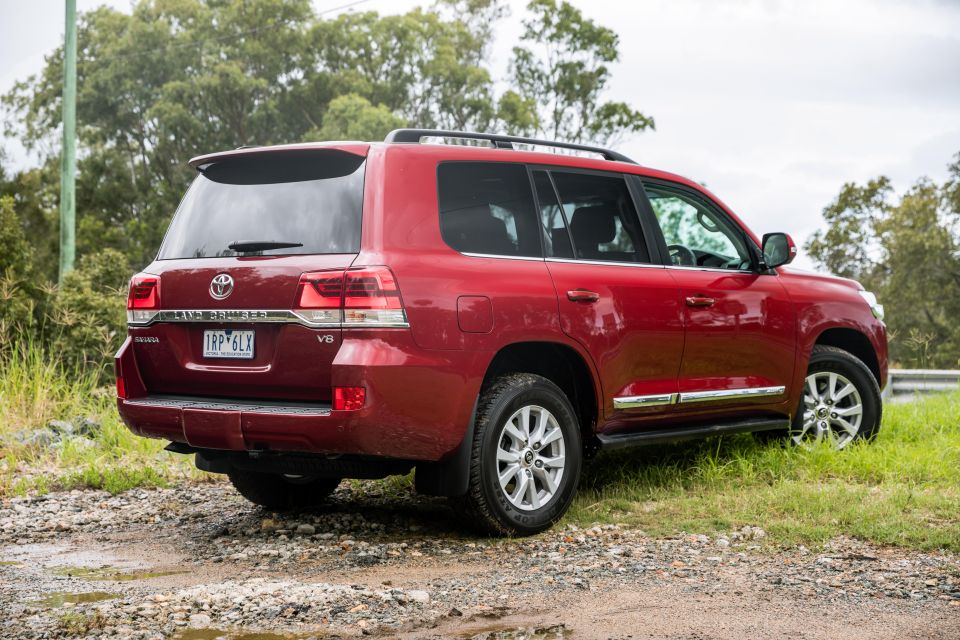
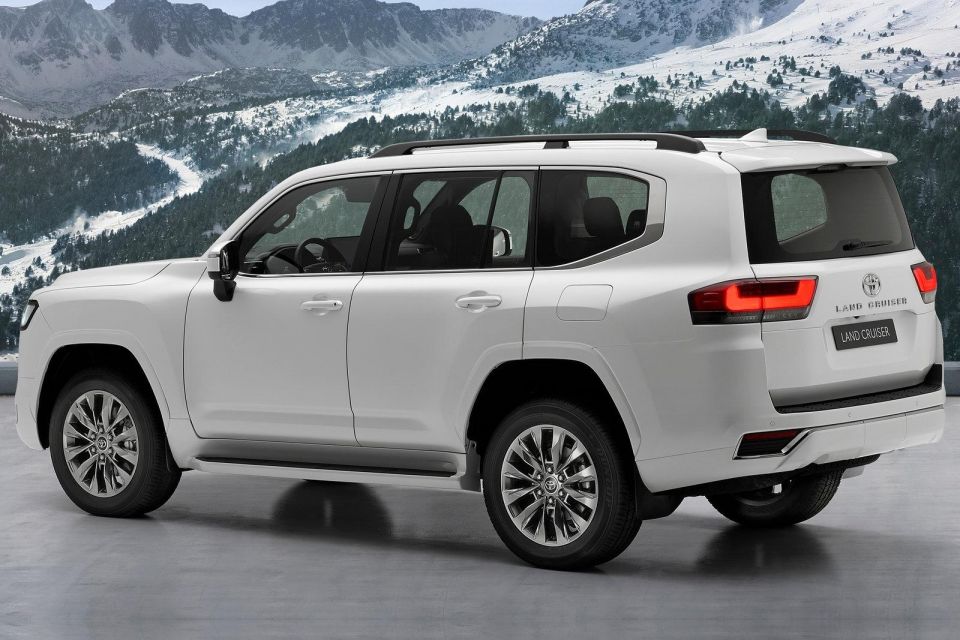
As is the case up front, the 2022 LandCruiser has evolved at the rear rather than being revolutionised.
The tailgate is flatter than before, and the LandCruiser branding is more prominent with the deletion of the chrome strip linking the tail lights.
Toyota has carried over the chunky detailing over the rear wheel arches, but the lines on the 2022 model are sharper and the window line rises more dramatically.
It looks like Toyota has made big strides behind the wheel of the LandCruiser 300.
The 200 Series has been gradually updated since its launch, but more modern family seven-seaters have moved the game forward when it comes to storage spaces, wireless phone chargers, and USB device power.
Toyota hasn’t made clear how large the touchscreen infotainment system sitting atop the dashboard is, nor the size of the colour display between the analogue dials.
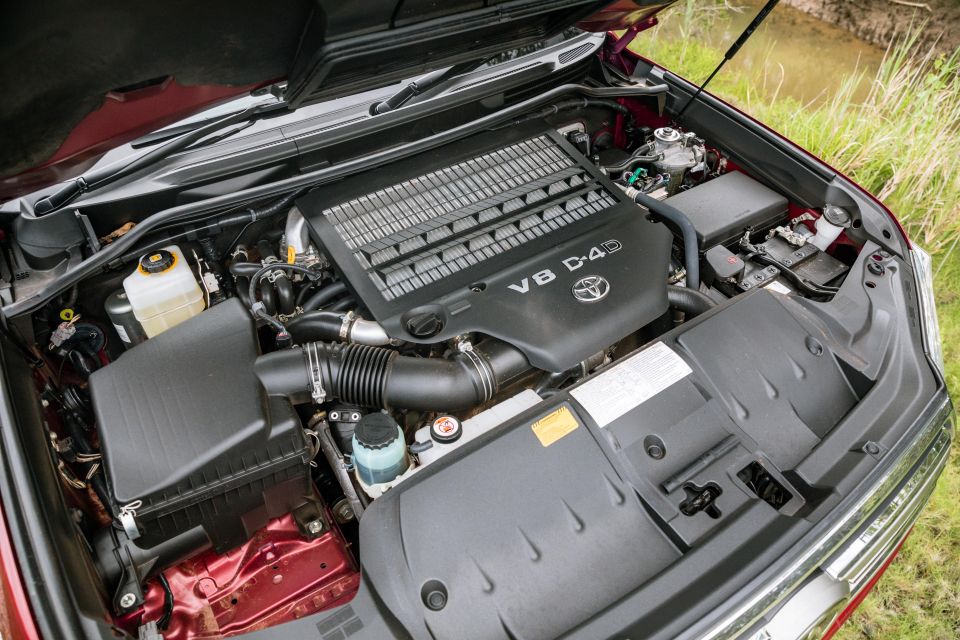
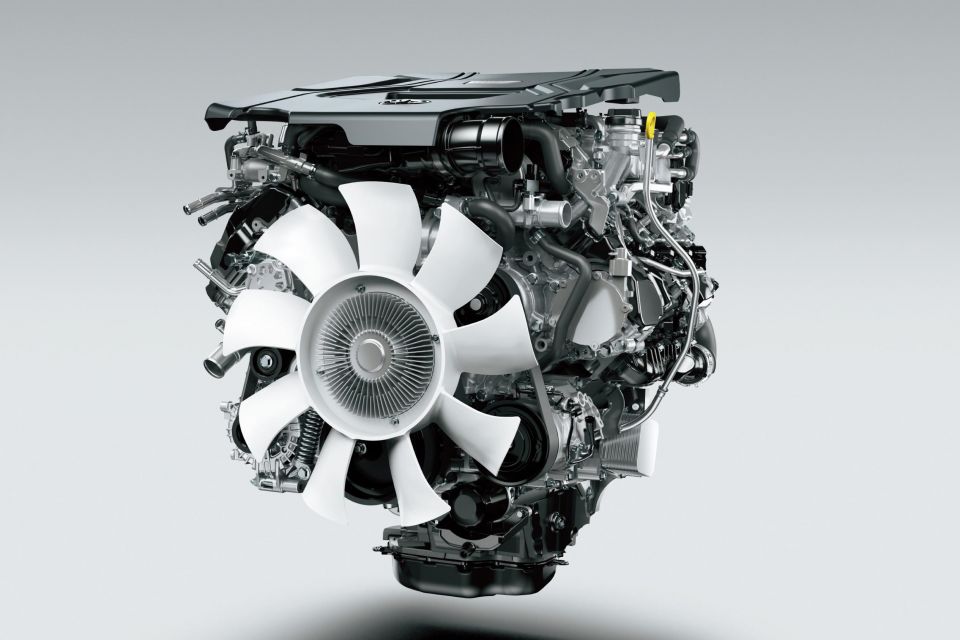
Goodbye V8, hello V6 engine.
The 2022 LandCruiser 300 Series will launch with a choice of three engines globally, although the 3.3-litre twin-turbo-diesel V6 engine is of the most interest to Australia.
Its figures are below, compared to the 200 Series:
| LC200 | LC300 | |
|---|---|---|
| Displacement | 4.5 litres | 3.3 litres |
| Cylinders | Eight | Six |
| Power | 200kW | 227kW |
| Torque | 650Nm | 700Nm |
The new LandCruiser is the first body-on-frame vehicle to ride on a variation of Toyota’s latest TNGA underpinnings.
Dubbed TNGA-F, the chassis beneath the 300 Series LandCruiser contributes to weight savings of up to 200kg compared to the 200 Series.
Although the smaller, more modern engines play a role, Toyota says the frame and body of the 300 are lighter than before.
With a lower centre of gravity, more balanced weight distribution, and improved wheel articulation, Toyota also says the new ‘Cruiser will be more capable off the beaten track.
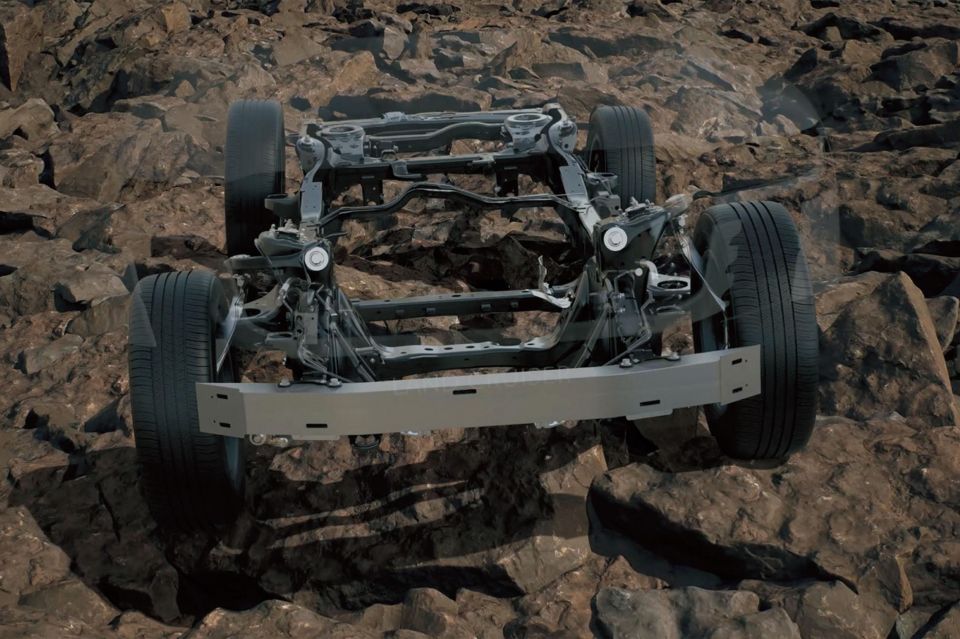
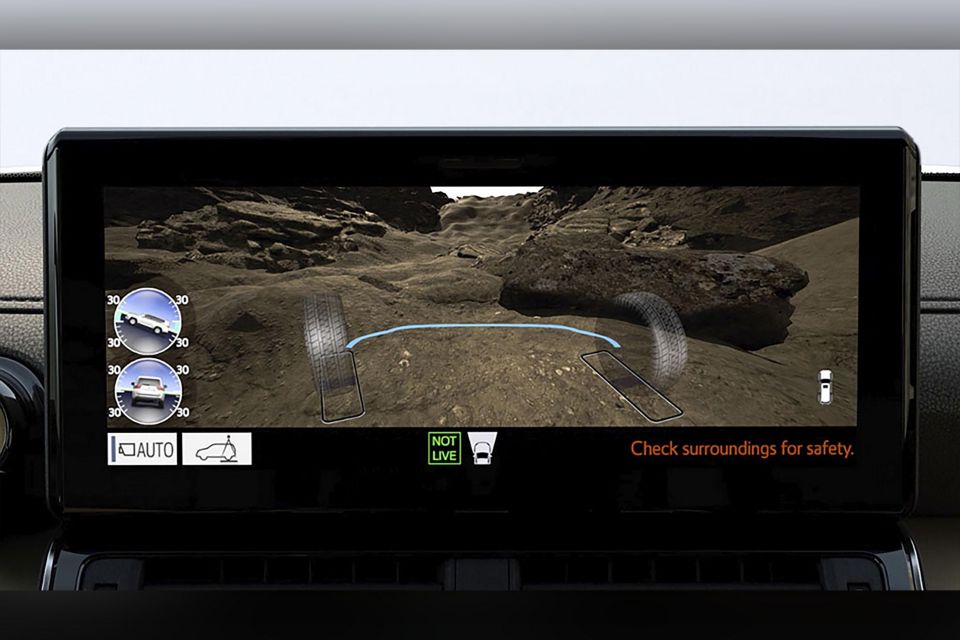
Range-topping models will be available with a new electronic version of the Kinetic Dynamic Suspension System offered on the current LandCruiser.
Vehicles equipped with e-KDSS are able to achieve a longer suspension stroke by “effectively disabling the front and rear stabiliser bars”.
Currently, the fully-mechanical KDSS system aims to cut body roll on the road and enable greater wheel travel off it by adjusting the stiffness of the anti-roll bars using a central hydraulic cylinder.
Other off-road aids include a Multi Terrain Select system that automatically chooses the best driving mode for the current road surface, and a new Multi-Terrain Monitor, which uses the central display to show otherwise obscured obstacles from the driver’s point of view.
Where expert car reviews meet expert car buying – CarExpert gives you trusted advice, personalised service and real savings on your next new car.
Scott Collie is an automotive journalist based in Melbourne, Australia. Scott studied journalism at RMIT University and, after a lifelong obsession with everything automotive, started covering the car industry shortly afterwards. He has a passion for travel, and is an avid Melbourne Demons supporter.


Max Davies
2 Months Ago


Matt Campbell
2 Months Ago
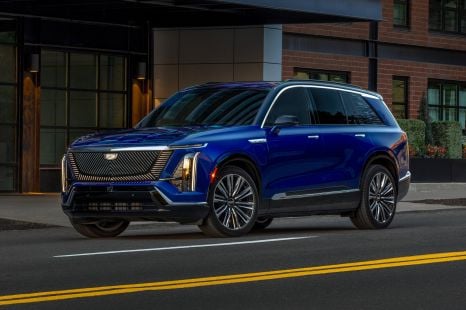

William Stopford
2 Months Ago
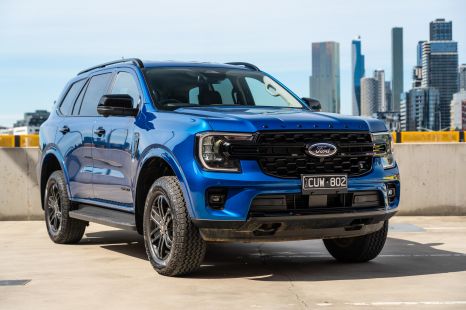

Josh Nevett
2 Months Ago


Max Davies
29 Days Ago
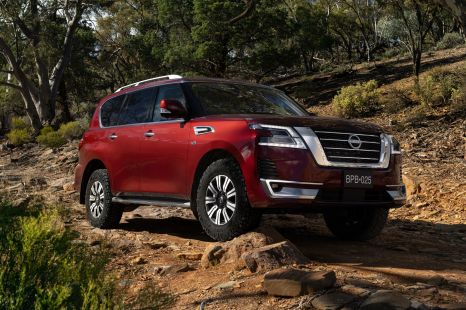

CarExpert.com.au
17 Days Ago